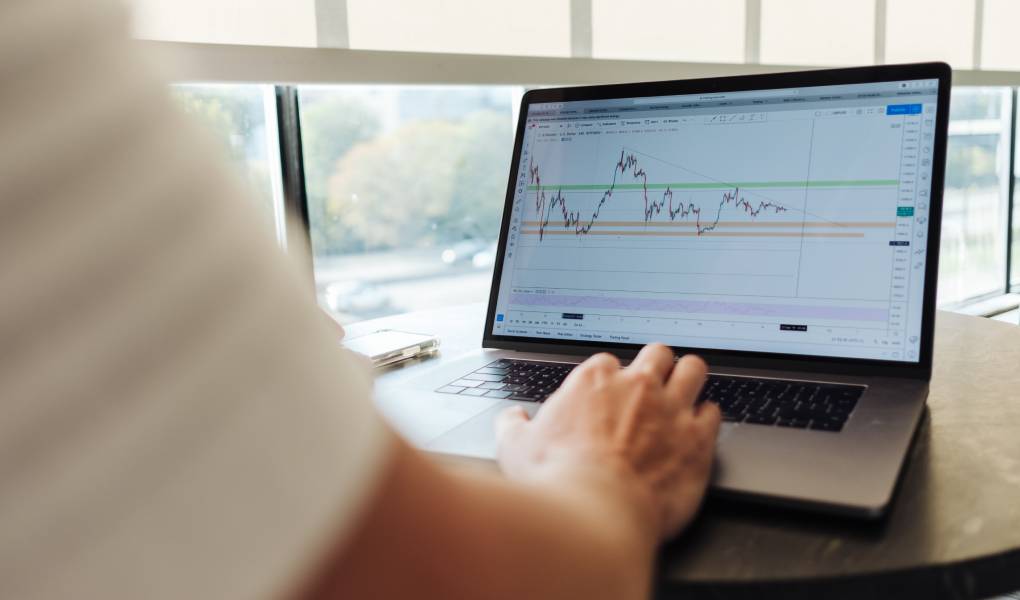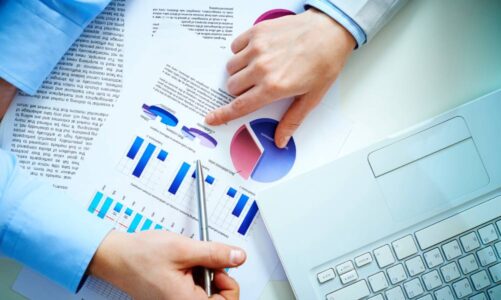In the aftermath of the pandemic, economists will have to rebuild their forecast models. But they are unlikely to become more accurate, according to the head of SberCIB Investment Research Yaroslav Lisovolik and economist at SberCIB Investment Research Artem Vinogradov. Why are economists unable to make pessimistic forecasts?
“A politician must be able to predict what will happen tomorrow, next week, next month, and next year. And then be able to explain why this did not happen,” ” said Winston Churchill. Forecast economists need similar skills.
A more or less serious form of forecasting modeling began to acquire in the years 1910-1930 in the United States. However, the development of this area was prevented by the Great Depression – the models turned out to be ineffective in the face of the collapse of the economy and high uncertainty.
Then came the Keynesian revolution (Keynesianism is the economic theory of total expenditures in the economy and their impact on output and inflation – Forbes), and macroeconomic forecasts began to be issued regularly, first in Scandinavian countries 1960s – in almost all developed economies.
The difference between forecasts and reality becomes especially noticeable at the moments of shocks and at the stage of getting out of them. This was well shown by the global crisis of 2008 and was again confirmed by the events associated with the pandemic.
According to American statistics of recent months, it is clear that economists are greatly mistaken with forecasts for both the labor market and inflation. Similar problems apply to Russia. In March, most economists could not assess how the Bank of Russia perceives the threat of inflation. Bloomberg interviewed 41 experts, but only three expected the Central Bank to start raising the key rate.
Conservative Brain
The rationality of economic forecasts has been of concern to the scientific community for a long time. In one of his works of the late 1980s, Nobel laureate in economics William Nordhaus concluded that people are not inclined to immediately take into account either bad or good news in their forecasts and overestimate their knowledge. “The human brain is probably conservative, which is why we tend to stick to old, already familiar ideas rather than adapt to new ones,” wrote Nordhaus.
“All macroeconomists are bad at predicting recessions,” admitted David Turner, head of macroeconomic forecasting at the Organization for Economic Cooperation and Development (OECD). According to the organization itself, the OECD underestimated the depth of the recession in 2008-2009 and overestimated the pace of recovery in the post-crisis period. The scale of errors in 2007-2012 was about the same as during the first oil crisis in the 1970s.
Forecasting for open economies turned out to be the most inaccurate – the globalization of trade and finance increases dependence on unpredictable external shocks. Also, economists are often mistaken when assessing data for countries with a regulated labor market and a weak banking system.
Economies regularly face recessions. Both developed and developing countries are in this state 10-12% of the time, the IMF found out. Its experts analyzed the situation in 63 countries (29 developed and 34 developing) for 1992-2014. During this period, the countries under consideration experienced a recession 153 times. Of these, economists were able to predict only five.
There are many reasons for errors: low-quality macro statistics and a delay in its publication, the unsuitability of economic models for predicting large deviations, and external factors that are difficult to foresee. The conclusions again lead to Nordhaus – economists need to learn to accept both good and bad news.
Another question that worries the market is better forecasting – state economists or “private traders”? IMF experts have concluded that both are equally weak in forecasting recessions.
Post-View Forecasts
It can be assumed that each crisis makes macroeconomists stronger and teaches them to build more sensitive models. For example, after the 2008 crisis, economists began to pay more attention to the dynamics of financial assets and the nonlinearity of models.
But if you look at the deviation of the IMF forecasts from the actual data in 2008-2009 and now, it will become obvious that the world financial crisis has not taught economists anything. For estimates of the US GDP from the IMF, the deviation reaches almost 6%, for unemployment – more than 4%. It turns out to be more or less successful in predicting only inflation.
Experts from the private sector also fail to cope with forecasts. Even after the April inflation and labor market data deviated strongly from forecasts, economists could not tune their models. In May, the Bloomberg consensus converged that the annual rate of growth in prices will be 4.7%, and it reached 5%. The picture is similar to the labor market: on June 3, the focus was on the ADP data on the American labor market, according to which 978,000 new jobs were created in the United States – almost 50% more than expected (650,000).
Statistics began to show significant and hard-to-predict swings during a pandemic. For example, the Federal Reserve Bank (FRB) of San Francisco recently identified a “Breakdown” of the American labor market indicators. One of the key indicators that the Fed looks at when determining monetary policy is the unemployment rate. In addition, the state of the labor market is measured by many other indicators, from the number of new claims for unemployment benefits (initial claims) to the number of hours worked by Americans during the week (aggregate weekly hours).
The Federal Reserve Bank of San Francisco noted that these indicators were moving in one direction before the pandemic. After the coronavirus crisis, they began to go out of order (a total of 26 indicators were analyzed). The main figure – the unemployment rate – does not reflect the real situation in the labor market; the situation is much worse.
The recovery of companies within the sectors may be uneven; consumer behavior has changed – many have gone online, the labor market is deformed due to the outflow of migrants and those who stopped looking for work thanks to “helicopter” money. For example, in American restaurants, a large proportion of the waiters are musicians, writers, and artists who want to earn extra money. Having received support from the state, they can afford to remain unemployed for some time.
The U.S. workforce has shrunk by 3.4 million since February 2020. If you add them to the unemployment rate, which is now 6.1%, you get 8.1%. Where are the people who have lost their jobs if they are not registered as unemployed? Covid and gloomy prospects have forced many to abandon their job search.
Also Read: Warehouse Management: What Is It And How To Organize It?



